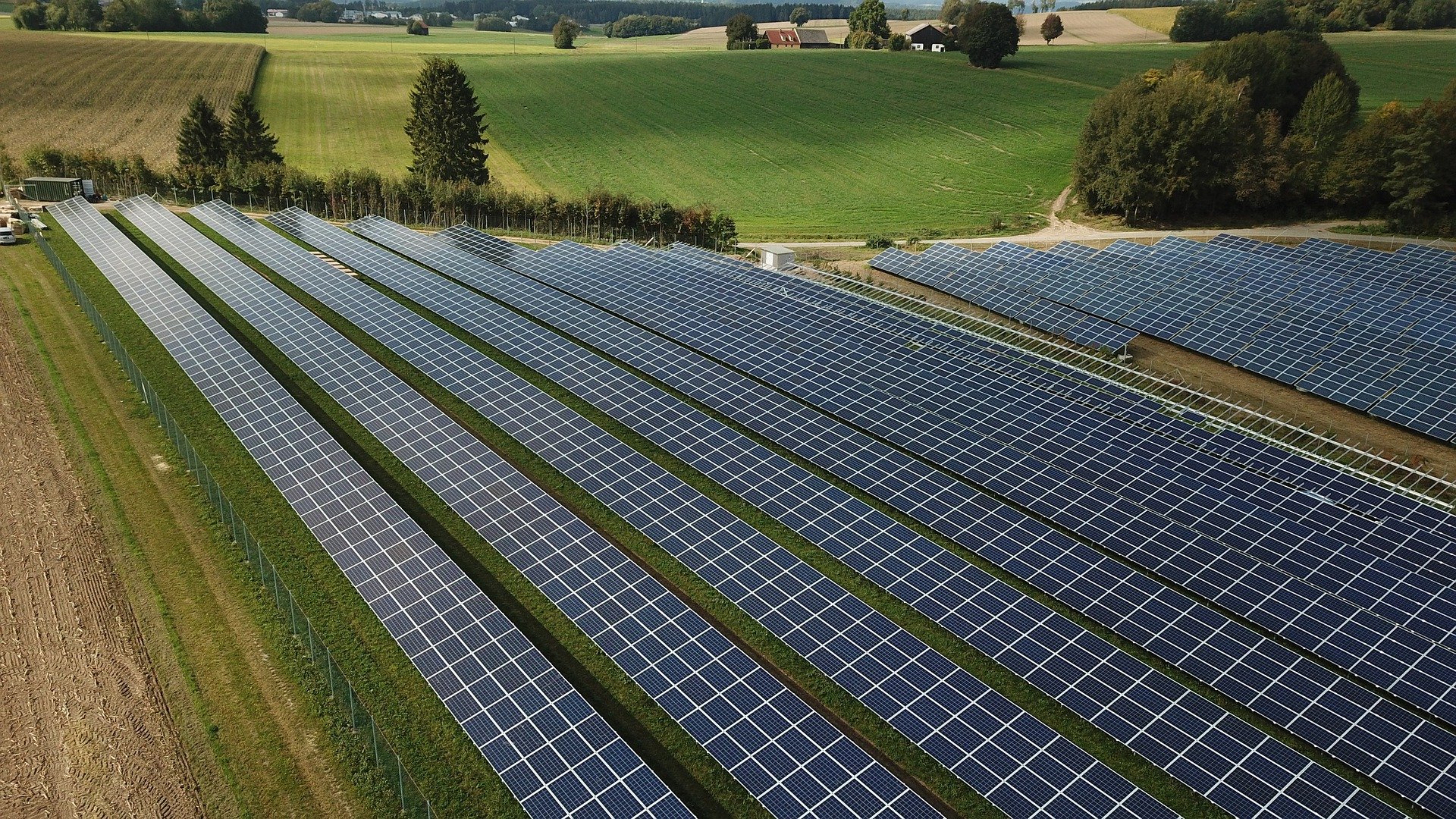|
Only have a minute? Listen instead
Getting your Trinity Audio player ready...
|
Power generation is on the minds of many residents in the Rio Grande Valley and across the state, and not just because of the steady upward creep of our utility bills. The Electric Reliability Council of Texas issues much-too-frequent warnings that we could suffer blackouts if energy demand gets too high during periods of extreme heat or cold. Surely many residents worry about just how reliable ERCOT, and its power grid, really is. Some Valley utilities have even offered assurances to customers, saying all power generated in the Valley stays in the Valley.
While that’s largely true during normal times, local energy producers are tied to the statewide power grid just like everybody else, and at times of high demand we’ve been asked to conserve energy, or face brownouts or blackouts, in order to keep the lights on in other parts of the state.
Fortunately, the growth of renewable energy has helped mitigate many of those problems, especially in South Texas where wind farms are a common sight and solar power is a growing possibility. One company, for example, announced last summer plans to build a new solar farm near Valley International Airport in Harlingen.
Statewide, wind and solar power supply more than 20% of our energy and the percentage is growing. That growth should continue; after all, wind and solar generators require no fuel and less maintenance than fuel-burning turbines, making them a cheaper, reliable option.
We’ll never completely eliminate our need for those turbines, however, even as officials at all levels seem to believe they can make it so.
Green energy mandates, based primarily on pollution from plants, already are being imposed. And it’s creating the inevitable pushback.
The 2015 Paris Agreement on Climate Change is a legally binding international treaty that mandates member countries to begin showing reductions in greenhouse gas emissions by 2025 and a 43% reduction by 2030.
In the United States, the Biden administration has set goals of completely carbon-free electricity generation across the country by 2033, and a zero-emissions economy by 2050 that seeks to have everybody in the country driving electric vehicles by then. Several states have imposed their own mandates for 100% renewable energy generation with varying target dates.
At the same time, other states, likely inspired by Donald Trump’s defense of the oil and coal industries, have begun imposing their own fiats restricting green energy growth or local governments’ ability to set their own emissions targets.
Mandates either way are misguided. Despite the benefits of wind and solar energy, we always will need an available power source when the skies are dark and the winds are calm. And unless and until we regain confidence in nuclear energy, that means we have to be able to burn something.
Increased green energy output will reduce our need to buy fuel from international suppliers. It also will extend the time we have such fuel available.
Renewable energy generation will continue; it’s inevitable. That conversion likely will be less problematic, and less costly, if politicians stop trying to change the world by force.




